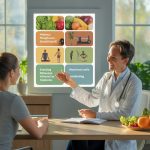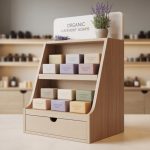When you stroll through a mall and spot a small kiosk selling phone cases, sunglasses, or tasty snacks, you’ve probably encountered a Retail Merchandising Unit (RMU). These compact, mobile retail spaces have become an essential part of modern shopping experiences, offering variety, convenience, and entrepreneurial opportunities.
In this guide, we’ll explore RMUs in depth — what they are, how they work, their benefits, and why they’re more than just a sales counter in the middle of a walkway. Whether you’re a curious shopper, an aspiring entrepreneur, or a business owner looking for a new sales channel, you’ll find something valuable here.
What Exactly is a Retail Merchandising Unit?
A Retail Merchandising Unit is a small, self-contained retail display — often a cart, booth, or kiosk — typically found in high-traffic areas like malls, airports, stadiums, and large event venues.
Unlike traditional stores, RMUs are:
-
Mobile – they can be moved and relocated with relative ease.
-
Compact – usually much smaller than a storefront.
-
Think of them as the “pop-up shops” of the mall world — small in size but big in personality.
A Brief History of RMUs
The concept of retail carts isn’t new. Street vendors and market stalls have been around for centuries, serving as predecessors to today’s RMUs. The modern RMU model took off in the late 20th century, particularly in shopping malls where landlords realized they could use open space for temporary retail setups.
By the early 2000s, RMUs had become a common sight — from selling quirky novelty items to showcasing high-end specialty products.
Types of Retail Merchandising Units
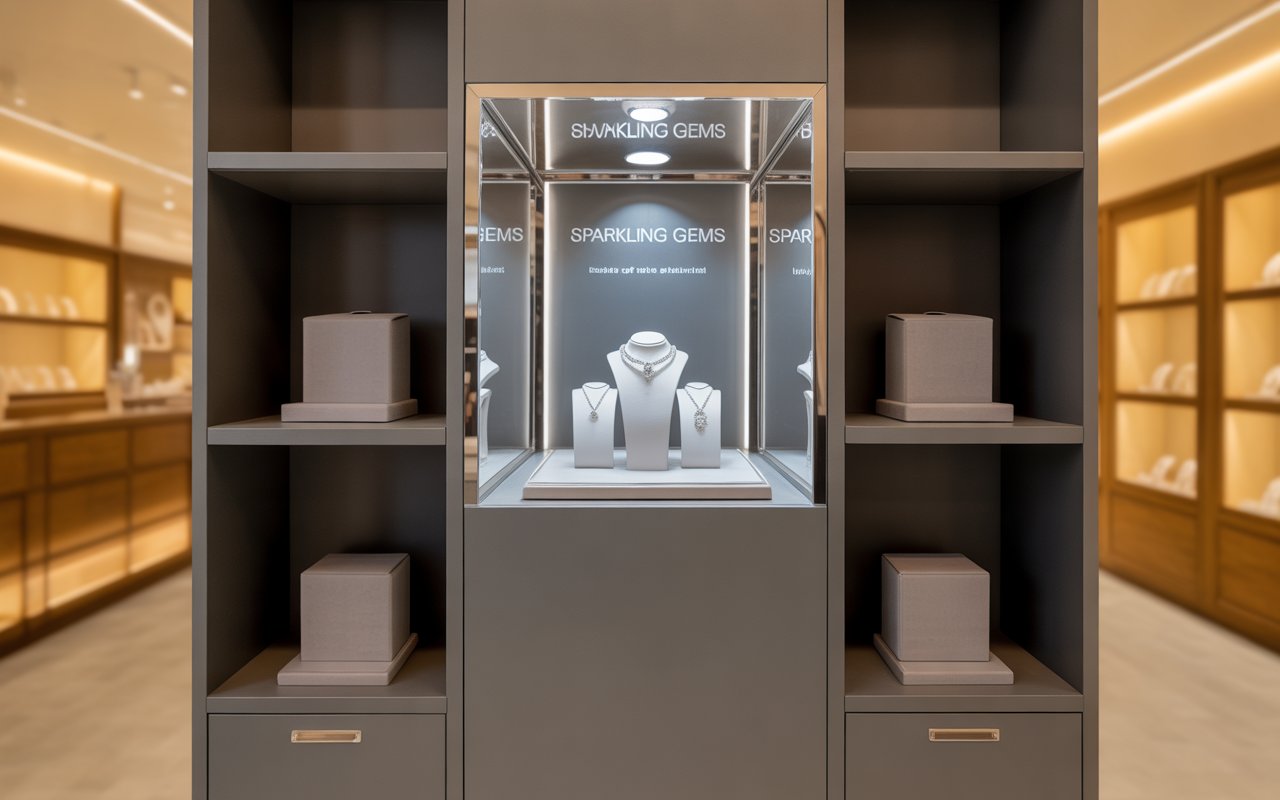
RMUs aren’t one-size-fits-all.
1. Mall Kiosks
Stationary units placed in mall walkways, often rented for short or long-term periods.
2. Mobile Carts
Small wheeled units that can be moved around, ideal for seasonal events.
3. Modular Booths
4. Event & Festival RMUs
Temporary setups designed for concerts, fairs, or sports events.
Why Businesses Love RMUs
So, why would a business choose a tiny cart over a full store? Here’s why RMUs are so appealing:
-
Lower startup costs – No massive rent or construction expenses.
-
High visibility – Placed right where the crowds pass by.
-
Flexibility – Easy to relocate or rebrand.
-
Perfect for testing products – Low risk for trying out new markets.
If a storefront is like buying a house, an RMU is like renting a furnished apartment — cheaper, flexible, and still functional.
Prime Locations for RMUs
Location is everything in retail, and for RMUs, it’s even more crucial. Popular spots include:
-
Shopping Malls – Especially near food courts or entrances.
-
Airports – Capitalizing on travelers with time to browse.
-
Train & Bus Stations – For impulse buys and convenience items.
-
Theme Parks – Selling souvenirs, snacks, and themed merchandise.
-
Sports Arenas – Targeting fans during games or events.
Designing an Effective RMU
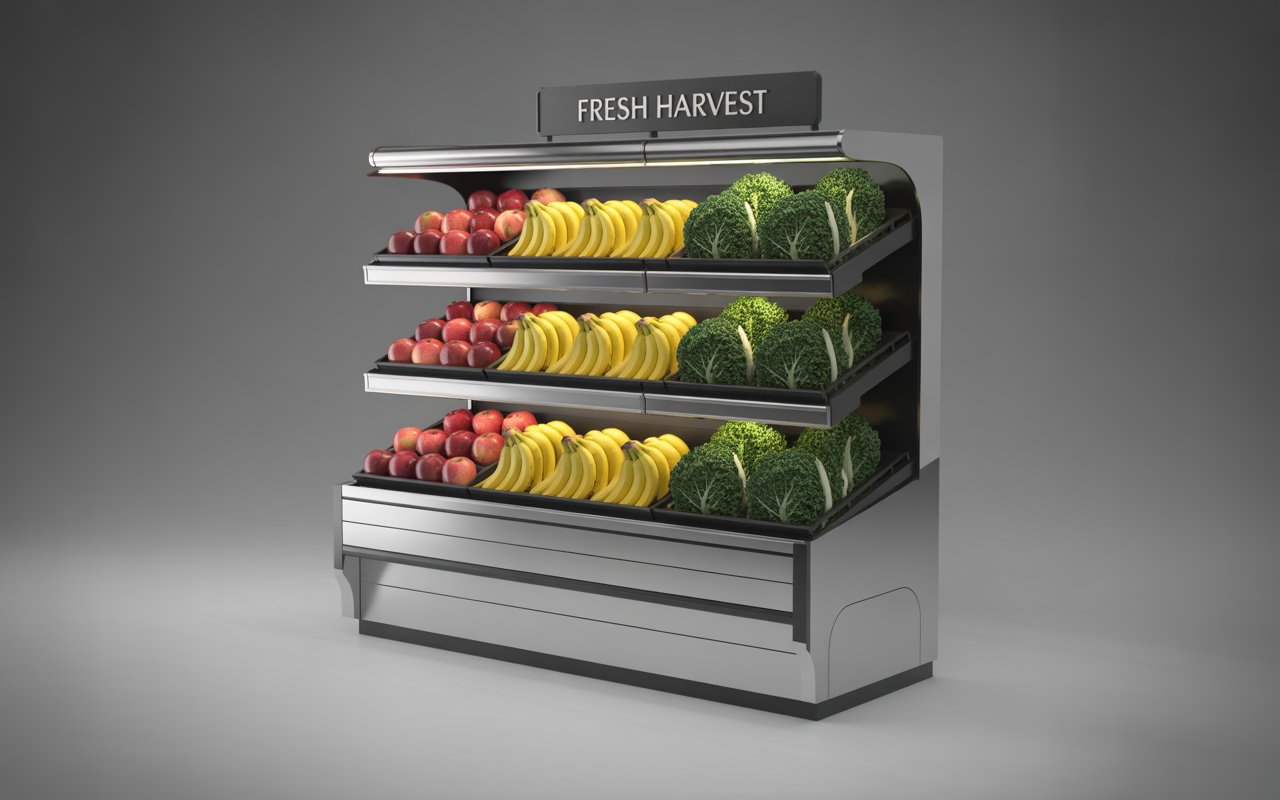
A successful RMU isn’t just a table with products on it. It’s a mini storefront that must stand out in a busy environment.
Key design tips:
-
Eye-catching displays – Use color, lighting, and height to draw attention.
-
Organized layout – Group products logically and keep them tidy.
-
Clear signage – Shoppers should instantly know what you’re selling.
-
Interactive elements – Samples, demos, or quick try-ons increase engagement.
Imagine your RMU as a stage — your products are the actors, and the design is the set that makes them shine.
Merchandising Strategies for RMUs
The goal of merchandising is to make people stop, look, and buy. Here’s how RMU owners achieve that:
-
Seasonal Themes – Rotate products based on holidays or local events.
-
Bundling Offers – Encourage higher spending with package deals.
-
Limited-Time Promotions – Create urgency.
-
Live Demonstrations – Show products in action to boost trust.
Advantages for Shoppers
RMUs aren’t just good for sellers — they’re great for buyers too.
-
Unique products – Often carry items not found in big stores.
-
Convenience – Located in walkways, no need to enter a store.
-
Personal interaction – Often run by owners themselves, creating a friendly shopping experience.
-
Quick service – Ideal for busy shoppers.
Challenges of Running an RMU
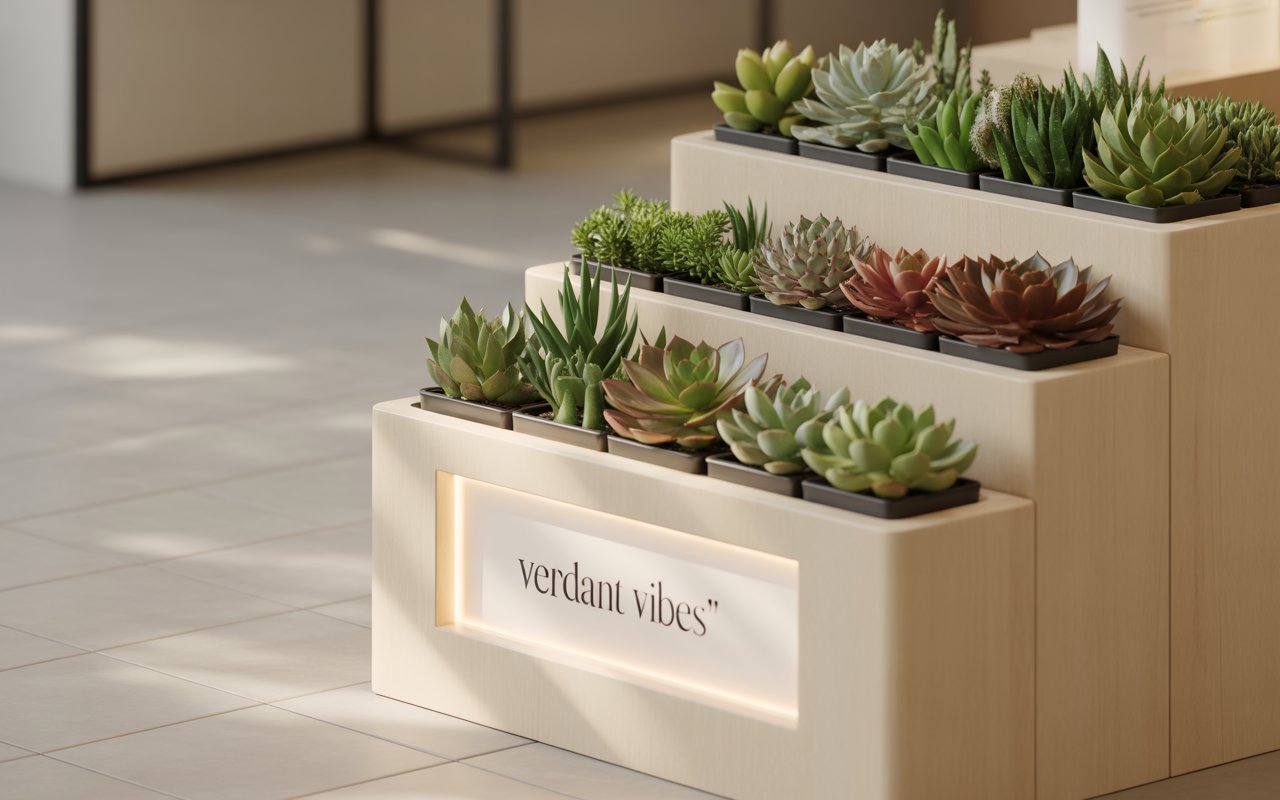
It’s not all smooth sailing. Common challenges include:
-
Limited storage – Can’t hold large amounts of inventory.
-
Weather exposure – For outdoor units.
-
High competition – Especially in busy areas.
-
Short attention span of shoppers – Must attract customers quickly.
Legal and Leasing Considerations
Running an RMU requires agreements with property managers. This includes:
-
Lease terms – Duration, fees, and permitted products.
-
Insurance – Liability coverage for accidents.
-
Compliance – Following safety, health, and local trade regulations.
Future of Retail Merchandising Units
With the growth of experiential retail and mobile shopping, RMUs are adapting with:
-
Digital displays for product info.
-
Mobile payment systems for speed.
-
Hybrid models that combine physical presence with online sales.
FAQs
1. What is the main purpose of a retail merchandising unit?
It provides a compact, high-visibility sales space for businesses to sell products in high-traffic areas.
2. Are RMUs expensive to rent?
They’re generally cheaper than full retail stores, though prices vary by location and foot traffic.
3. Can RMUs sell any type of product?
Most can, but some locations have restrictions on product types for brand image or safety.
4. How long can a business rent an RMU for?
Anywhere from a few weeks to several years, depending on the lease agreement.
5. Do RMUs work for online businesses?
Yes, they’re a great way for online brands to have a physical presence and connect with customers face-to-face.
Conclusion
Retail Merchandising Units are proof that small spaces can deliver big opportunities. They blend visibility, flexibility, and creativity into one compact package, benefiting both sellers and shoppers. Whether you’re a mall wanderer picking up a quick gift or a budding entrepreneur testing a new idea, RMUs add variety and charm to the shopping world.




